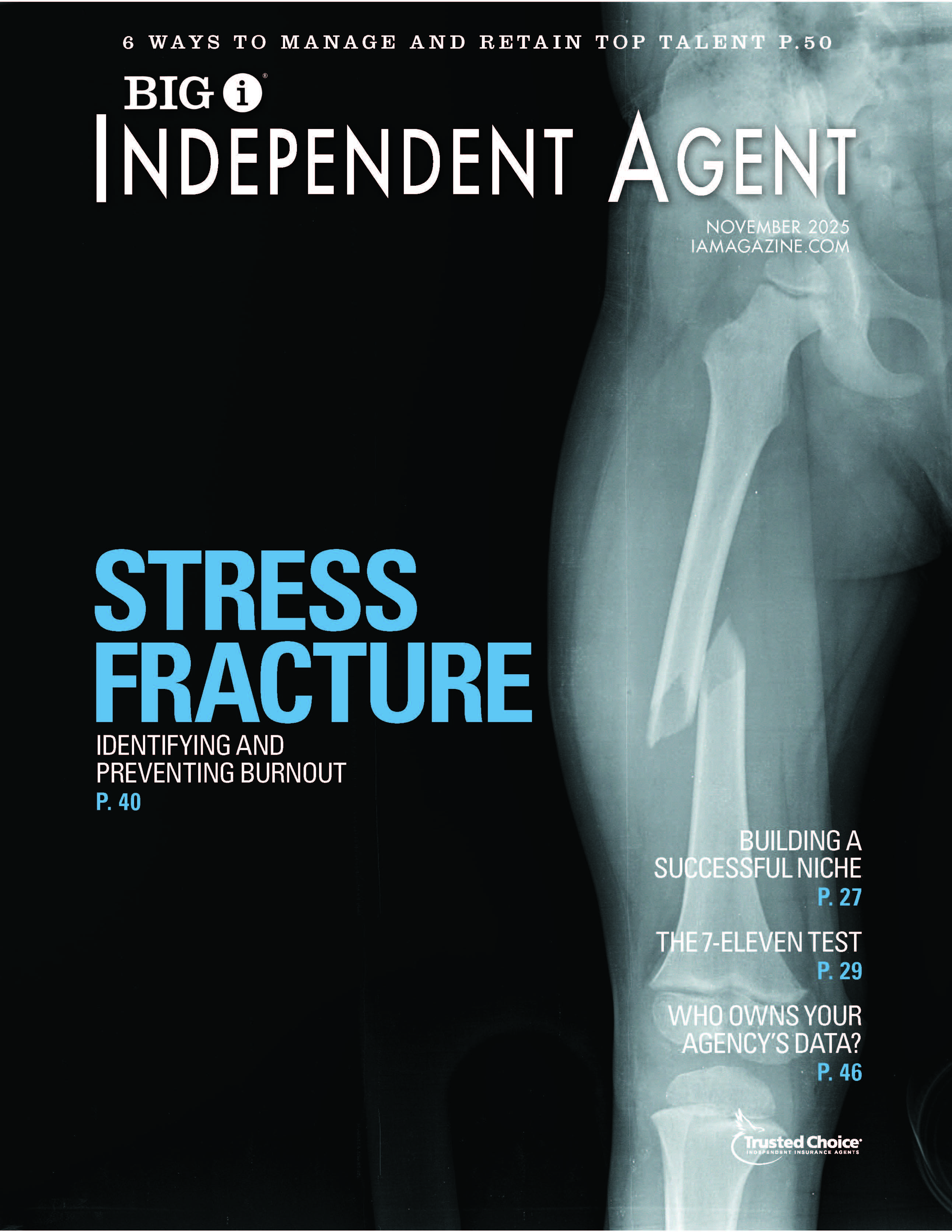Tales of the Crop
By: Janice Blanton
| The crop insurance renewal season will be here before you know it. Over the past several years, the Big “I” Professional Liability Program and Swiss Re Corporate Solutions have seen an uptick in E&O claims related to crop insurance likely driven by the far-reaching droughts of 2012. But it’s never too early to review E&O claims lessons learned and put them to use prior to crop policy time.
Scenario 1: An agency had placed crop coverage on a farm owned by a father and son for years. When the father retired, the son became responsible for 100% of the acres. The customer advised the agency and requested change, but the agency failed to reflect the 100% share on the crop carrier’s acreage report. After a crop loss, the adjuster was prepared to pay only 50% (the amount of acres reflected for son). With the assistance of the E&O carrier, the agency convinced the carrier to cover 100% of acres based on a provision in the crop insurance rules, but lessons can still be learned:
Scenario 2: A farmer agreed to farm separate acreages for an aunt and an uncle, requesting that the farms be considered independently. Running short on time when applications were completed, both the farmer and agency failed to check the “Optional Units” coverage box. When a hail loss occurred on some of the uncle’s fields, the carrier used the good yields on the other farms to offset the hail loss on the particular plots of the uncle. The E&O carrier had to settle the claim. Lessons learned:
Scenario 3: A farmer requested crop coverage, indicating he was not married after reviewing the application questions—divorce papers had been filed, but the divorce was not finalized. After loss, the carrier paid only 50%, since the farmer’s soon-to-be ex-wife was still a 50% owner at policy placement. The E&O carrier did not pay, determining it was the farmer’s error. Lessons learned:
These scenarios contain just a few examples of the many types of E&O claims to which crop insurance agents are vulnerable. As a government program, crop insurance is different from most types of insurance, since the application cannot be changed after a set date. That means every line and every box on the application is a potential E&O claim and must be completed and reviewed carefully with each applicant. The same goes for the carrier’s acreage report. Change requests are limited to specific pieces of information, and only for a certain period of time.
Now is the time to review your agency’s practices. Keep in mind that E&O danger is lurking in every corner when you dabble in crop insurance.
Janice Blanton, AIC, is assistant vice president of claims and liability management with Swiss Re Corporate Solutions. She handles claims against insurance professionals as a teleworker out of the Overland Park, Kan. office. | How to Avoid Crop E&O Claims
—J.B. |










